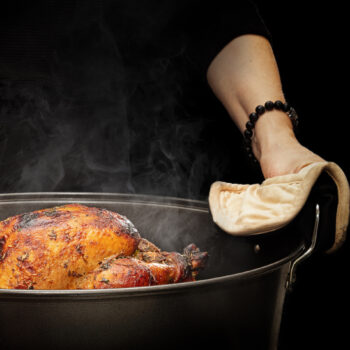

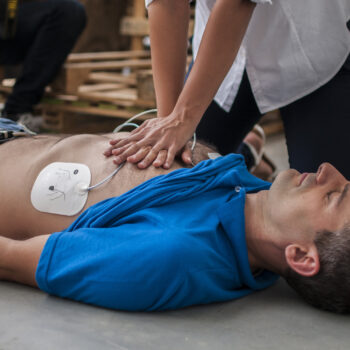
Know Your State AED Laws

Onsite CPR/AED and First Aid Training for School Teachers and Administrators

2020 AHA Out-of-Hospital Chain of Survival Updates
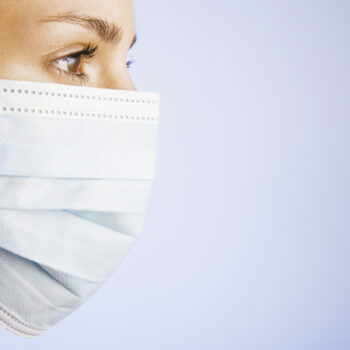
COVID-19 and Life-Threatening Cardiac Events
It’s exciting that we’re on our way to large-scale immunizations and a return to public life. At the same time, many of us have questions about the long-term impacts of the pandemic on society and on individuals. Are COVID-19 survivors at higher risk for cardiac arrest or heart attacks? What precautions should I take if…

Do I Need to be Certified to Administer CPR?
Often, people assume that laypeople aren’t allowed to perform tasks for which a certification exists. In a way, it makes sense: After all, you don’t want just anybody flying planes around or lawyers engaging in surgery. But in some matters, doing something beats doing nothing. CPR is one of those. Is CPR certification important? Of…
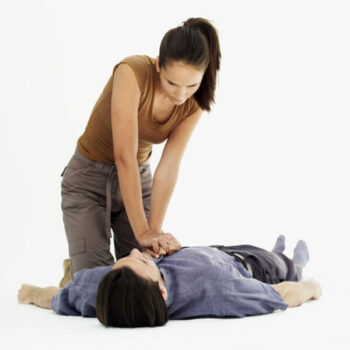
The Difference Between Good Samaritan Laws & Duty to Rescue Laws
We’ve written previously about the legal side of CPR, the mechanics of Good Samaritan laws, and common myths about CPR (including “you will get sued”). This article discusses the origin of the “Good Samaritan” concept, how these laws differ from “Duty to Rescue” laws, and how important they are. When it comes to lifesaving measures…
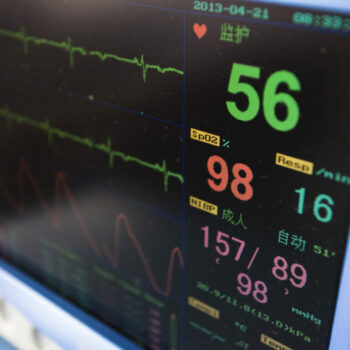
CPR & Cardiac Arrest Survival Rates
Television dramas paint a pretty rosy picture of survival rates after cardiac arrest. Studies show that laypeople in the US expect as high as 75% of people to survive after their hearts stop if they receive CPR. Unfortunately, survival rates range between 2 and 11% when cardiac arrest occurs outside the hospital.

What Happens to the Body After Cardiac Arrest?
When you understand what happens to the body after cardiac arrest, and how fast, you understand how important early CPR intervention is.
